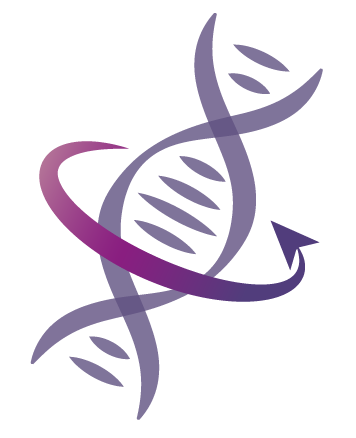Dozens of clinical trials ongoing to investigate whether vitamin D prevents COVID-19; no firm evidence yet
Several studies reported lower levels of vitamin D in COVID-19 patients. However, it remains unclear whether low vitamin D levels increase the risk of infection and severe outcomes, is a consequence of the disease, or is simply more common in patients who are already in ill health. Several of the studies that found an association between vitamin D levels and COVID-19 infection or severity did not account for confounding factors such as ethnicity, body mass index, or underlying health condition, which are known risk factors for the disease. Further research is needed to determine whether vitamin D might play a role in the prevention of and treatment of COVID-19.
